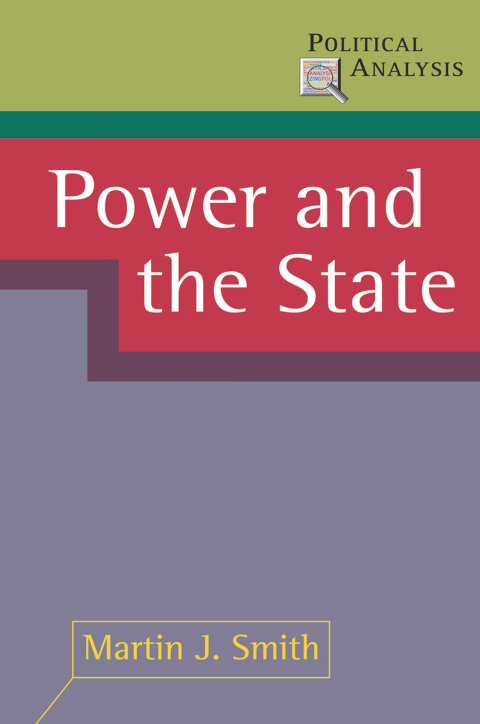Description
Efnisyfirlit
- Cover
- Title page
- Copyright
- Contents
- List of Tables and Figures
- Acknowledgements
- List of Abbreviations
- Introduction
- 1. Understanding Power: Traditional Approaches
- The power debate
- Pluralism
- Rational choice theory
- Conclusion
- 2. Understanding Power: Radical Approaches
- The other dimensions of power
- Power: luck or structure?
- Power and structure
- Poststructuralism and the defacing of power
- Conclusion
- 3. The State and Power
- The liberal perspective: pluralism and rational choice
- Rational choice theory and state power
- Elitism and neo-Weberian approaches to state power
- Radical approaches to state power
- Conclusion
- 4. A Framework for Analysing Power and the State
- Power, capacity and agents
- A framework for understanding power
- Conclusion
- 5. The Development of the State from Modernity to Pastmodernity
- The development of the modern and pastmodern state
- From extensive to intensive to fragmented power
- Postmodern delivery
- The partiality of the modern state
- Conclusion
- 6. Legitimacy, Authority and Bureaucracy
- Legitimacy and the liberal state
- The modern state: bureaucracy, authority and force
- The problem of authority
- Nationalism and legitimacy
- Fear, trust and authority
- Conclusion
- 7. Force and Terror
- Force and terror in authoritarian regimes
- From force to terror
- The problem of totalitarianism
- Using force and terror in ‘democratic’ regimes
- Conclusion
- 8. Rationality and Regulation
- Rational choice ontology and incentives
- Principal–agent theory
- Incentives and public policy
- Regulation and choice
- Conclusion
- 9. Surveillance
- Developing surveillance
- The implications of surveillance
- Conclusion
- 10. Risk
- Understanding the dimensions of risk
- Risk and government
- Analysing risk in politics
- Implicit with risk is a notion of power
- Conclusion
- 11. States and the Moral Order
- Developing moral politics
- The new right and individual responsibility
- Moral panic and obesity
- Anti-social behaviour
- Conclusion
- 12. The Limits of the State: Invisibility, Resistance and Constraint
- The debate on declining state power
- Invisibility in the modern state
- Resistance
- Implementation and subversion
- External limits – the case of climate change
- Conclusion
- 13. Conclusion
- Modernism and exceptionalism
- Theories and their limitations
- States after the crises
- Conclusion
- Bibliography
- Index






Reviews
There are no reviews yet.